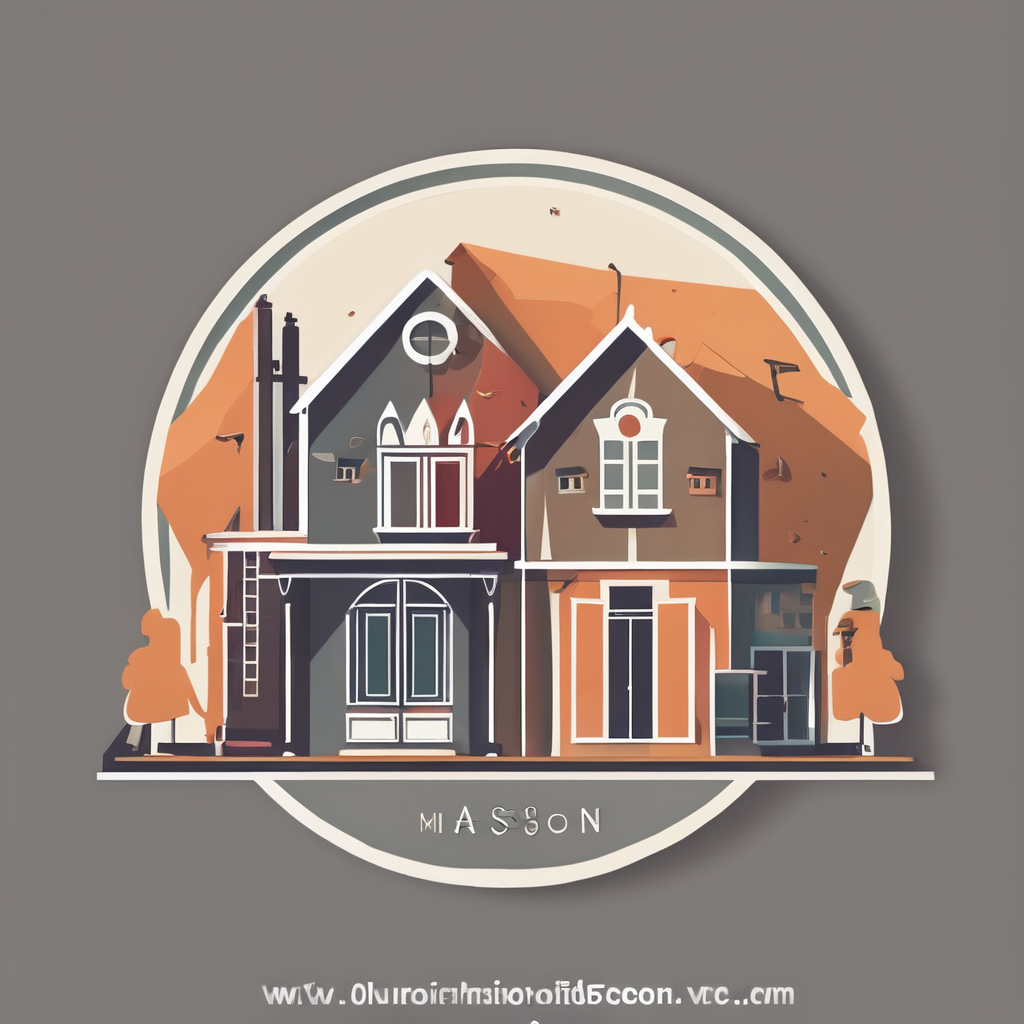Understanding Contemporary Pool Design
When exploring modern pool design, it’s essential to consider the key features that define contemporary aesthetics, especially for UK homes. These pools often boast sleek lines, minimalist structures, and innovative materials. They emphasise functionality while maintaining a stylish appearance. Such designs might incorporate elements like infinity edges or integrated spas, showcasing a seamless look and feel.
Aligning the pool design with the architecture of the home is crucial. A coherent aesthetic between the pool and the house enhances the overall visual appeal and property value. For instance, using similar materials or colour palettes can create a harmonious connection between your home and pool area.
Also to see : Boost Your UK Pool Safety with Innovative Smart Technology Solutions
Examples of contemporary pool styles include rectilinear designs, which favour straight lines and geometric shapes. These styles exude sophistication and often use materials like glass tiles or polished stone. Alternatively, naturalistic pools, which incorporate organic forms and natural materials, cater to a softer aesthetic while still upholding modern design principles.
By understanding these features and examples, homeowners can make informed decisions on creating a pool that complements their living space, merges indoor and outdoor environments, and reflects personal style preferences.
Also read : Transform Your UK Home with a Stunning Mediterranean-Inspired Pool Area
Choosing the Right Location for Your Pool
When determining the ideal pool placement, several factors merit careful consideration. First and foremost, evaluate how the pool will integrate with your existing landscape. This involves assessing the natural terrain, soil conditions, and vegetation to ensure a seamless blend with the environment. Thoughtful site considerations can help you avoid costly adjustments down the line.
Focusing on the integration with existing landscaping, identify elements you want to retain or highlight. Can your pool be positioned to complement mature trees or existing garden beds? Doing so not only enhances visual appeal but also preserves your existing ecosystem.
Additionally, consider the impact of sunlight. A pool location blessed with plenty of sunshine reduces heating costs and encourages use. Remember to account for shadows cast by nearby buildings and trees throughout the day.
Views are another important aspect. Position your pool to take advantage of scenic vistas or architectural features, making leisure time more enjoyable. At the same time, consider privacy. Ideally, pools should be placed away from street view or neighbours to provide a sense of seclusion and comfort.
Incorporating these elements when selecting your pool location helps create a harmonious outdoor space that meets your functional and aesthetic desires.
Material and Finish Options
When it comes to pool materials, the choices available can significantly impact the overall look and durability of your swimming area. Tiles, concrete, and fiberglass are among the most popular materials for modern pools. Each offers unique properties that cater to different design needs and preferences.
Tiles, especially glass and ceramic, are favoured for their infinite design possibilities and vibrant colours. They not only boost the aesthetic appeal but also add durability. Concrete, on the other hand, is known for its versatility, allowing for customized shapes and sizes, and can be textured for a more natural finish. Meanwhile, fiberglass pools are praised for their low-maintenance properties and smooth, clean surfaces.
The choice of finishes plays a crucial role in defining the pool’s aesthetic. Different finishes can either replicate the natural appearance of water bodies or accentuate a modern, sleek look. Trends in pool design have seen a shift towards finishes that incorporate subtle iridescent shades or bold, dark hues, enhancing visual appeal.
The integration of colour schemes and textures also reflects current design trends. Earthy tones, for instance, create a seamless blend with the natural surroundings, while geometric patterns and unique textures can offer a contemporary twist, transforming the pool into a statement piece.
Landscaping and Surroundings
Creating an inviting outdoor design around your pool isn’t just about aesthetics—it’s about crafting a harmonious extension of your living space. Pool landscaping plays a critical role in achieving this, offering both a visual and functional enhancement to your garden.
Selecting plants is crucial. Consider low-maintenance varieties that can withstand poolside conditions. Opt for non-deciduous species to reduce the amount of debris in your pool. Drought-resistant plants, such as lavender and succulents, are also ideal, as they require less water and care.
Incorporating functional features alongside the pool can transform your outdoor area into an all-encompassing leisure zone. Think of integration like decking or stone pathways that seamlessly connect different sections of your yard. Such features don’t just add allure but also enhance accessibility and usability.
Additionally, consider outdoor furniture and lighting for more functional spaces. Pergolas can offer shaded areas for relaxation, while ambient lighting can extend the use of your pool area well into the evening.
Finally, water features like fountains or artificial waterfalls can provide a focal point in the design, blending naturally with the pool while adding a touch of elegance to the surroundings.
Lighting and Ambiance
Creating the perfect atmosphere in your outdoor living area involves careful consideration of pool lighting. The right lighting can enhance both the aesthetic appeal and functionality of a modern pool. There are several types of lighting to consider, each offering unique benefits. LED lights are popular due to their energy efficiency and ability to produce vibrant colors, enhancing ambiance with a wide range of hues. Fiber optic lights provide a safer, low-voltage alternative that creates a stunning starry effect around the pool’s edges.
Lighting is not just about illumination. Transform nighttime pool vibes by integrating ambient lighting strategies. Underwater lights highlight your pool’s features, while floating lights add a whimsical charm. To integrate lighting seamlessly into your outdoor living space design, consider a layered approach. Combining various types of lighting can create depth and dynamics. For example, blend task lighting for practical purposes with accent lights to highlight landscaping or architectural elements.
To further enhance your outdoor atmosphere, consider using pool lighting that complements surrounding features. Coordinate colors with nearby flowers or garden beds. The result will be a harmonious outdoor living experience that not only illuminates but also invites.
Maintenance and Upkeep Considerations
Maintaining a contemporary pool requires careful attention and regular upkeep. Key practices include routine cleaning, filter checks, and chemical balancing. Neglecting these tasks can lead to costly repairs and unsafe swimming conditions. Sustainable practices, such as using energy-efficient pumps and solar covers, can reduce environmental impact and operating costs.
Regular cleaning involves skimming leaves and debris, brushing pool surfaces, and vacuuming to keep the water clear. Filter maintenance is essential to ensure effective circulation. Filters should be checked weekly and cleaned or replaced per the manufacturer’s guidelines. Chemical balancing is crucial to prevent algae growth and maintain safe swimming conditions. Homeowners should regularly test water pH, chlorine, and alkalinity levels, adjusting as needed.
Sustainable upkeep tips involve using eco-friendly chemicals and opting for natural pool sanitisation methods like saltwater chlorination or UV systems. This reduces chemical use and improves water quality. Investing in energy-efficient equipment, such as variable-speed pumps, also contributes to sustainability.
Budgeting for ongoing maintenance and unexpected repairs is vital. Set aside funds for regular service visits and emergency repairs to reduce financial stress. By implementing these maintenance strategies, pool owners can enjoy a beautiful and sustainable aquatic environment while controlling costs.
Case Studies and Expert Opinions
Exploring real-life examples of pool design can provide invaluable insights for those planning similar projects. A recent trend in the UK showcases a shift towards more eco-friendly and automated systems. These modern pool projects not only address sustainability but also enhance user convenience. Noteworthy examples include pools with solar heating panels and automated chemical dispensers. These features reduce both environmental impact and maintenance costs, illustrating the future of pool projects.
Expert insights emphasize the significance of integrating technology in pools. Industry professionals advise designing with flexibility in mind, allowing for upgrades as technology advances. Challenges such as ongoing maintenance and meeting environmental regulations can be mitigated through thoughtful planning and expert consultation.
Furthermore, the case studies reveal crucial lessons learned. Successful projects underline the importance of thorough planning and budgeting. Investing in quality materials and technology upfront can prevent costly repairs down the line. Incorporating expert insights early in the design phase leads to more resilient structures that stand the test of time.
Future pool plans should draw from these examples, considering both contemporary trends and potential challenges. Aspiring for sustainability combined with technological advancements will likely define upcoming pool design in the UK.











